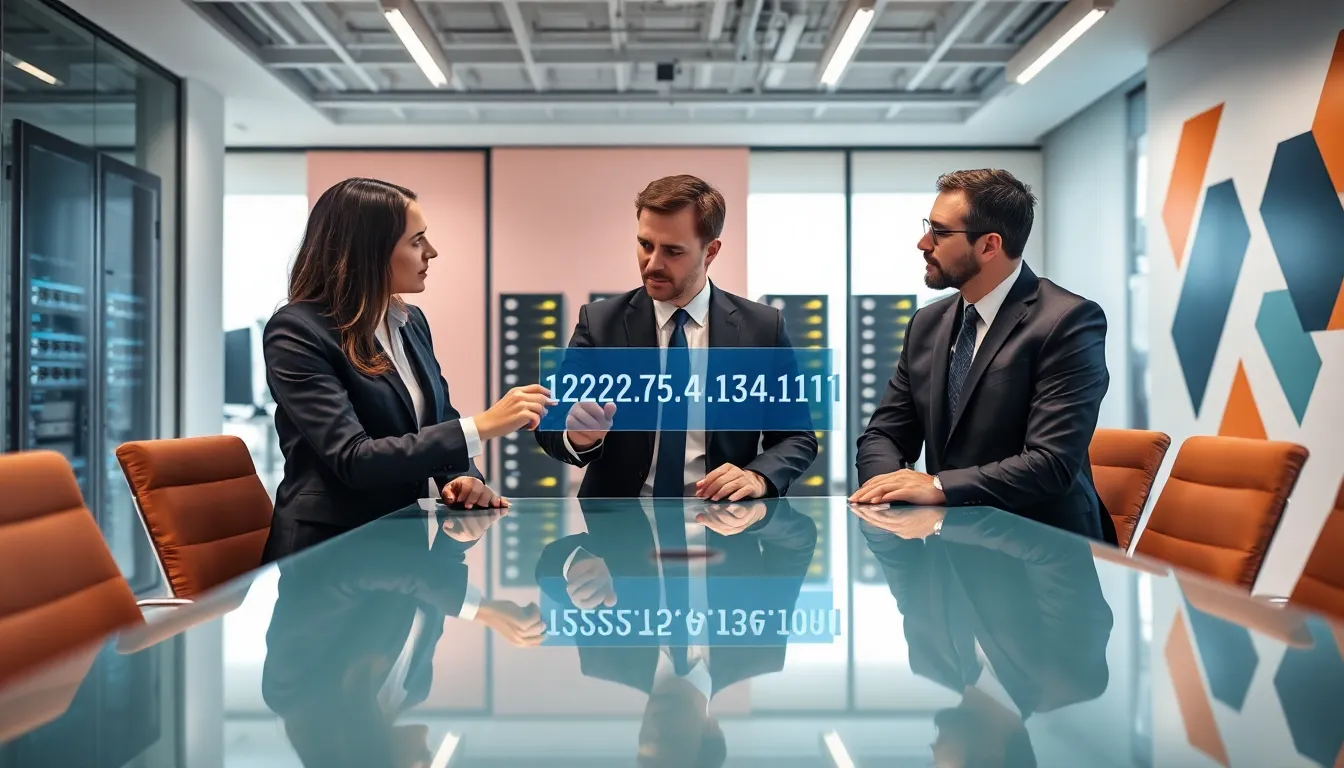Have you ever wondered what those mysterious strings of numbers actually mean? Just when you thought the internet couldn’t get any more complicated, we toss in terms like “IP address,” and suddenly, it feels like everyone’s speaking in code. Don’t worry: this guide aims to demystify that coding lingo. Whether you’re a casual internet user, a tech enthusiast, or just someone who wants to impress their friends at the next trivia night, understanding IP addresses is easier than you’d think, so let’s immerse.
122.175.47.134.1111

An IP address, or Internet Protocol address, serves as a unique identifier for devices on a network. Think of it as your device’s official home address on the web. Just as your local post office uses your home address to deliver letters, the internet uses IP addresses to ensure that data reaches the right destination. Every time you connect to the internet, your device gets assigned an IP address, allowing other devices and servers to communicate with it. There are two main versions of IP addresses: IPv4 and IPv6. The former is the older version, made up of four octets separated by periods, while the latter comprises eight groups of hexadecimal digits. IPv4 addresses are what you commonly see, and they’re desperately running out. That’s where IPv6 comes in, but we’ll save that juicy detail for later.
Types of IP Addresses
IP addresses can be categorized into two main types, static and dynamic. Static IP addresses remain constant and do not change often. They are like that superhero friend who always shows up for your late-night pizza runs. On the other hand, dynamic IP addresses are assigned temporarily by a DHCP server and can change. Imagine dating someone who’s fun but flaky: you never quite know when they’ll pop back up. Each type serves specific purposes: static IPs are often used for hosting websites or gaming servers, while dynamic IPs are perfect for regular internet users who need something more flexible.
Also, there’s also the distinction between public and private IP addresses. Public IPs are like your phone number, visible to the outside world, whereas private IPs are like your home phone, masked from those pesky telemarketers. Network routers often have both, utilizing public IPs for external communications and private ones for internal networks.
Breaking Down 122.175.47.134.1111
So, let’s tackle that intriguing sequence of numbers: 122.175.47.134.1111. First, it’s important to note that this is likely a misconfigured or mistakenly input IP address, as standard IP addresses consist of four octets (like 122.175.47.134) rather than five sections. If one were to consider the first four segments, 122.175.47.134 might actually belong to a device located within a specific network, assigned by an Internet Service Provider (ISP).
The 122.XXX.XXX.XXX range corresponds to addresses registered in Asia, hinting that this particular IP could be tied to a geographical location like India. But, the additional segment (1111) raises a red flag, indicating a possible case of either a wrong entry or a misunderstanding of how IP formatting works.
Possible Uses for IP Address 122.175.47.134.1111
Assuming that the first part of the IP address, 122.175.47.134, is indeed valid, there are various possibilities for its use.
- Hosting Services: If it’s a static IP, it could be hosting a website or server, representing a business or personal project.
- Gaming: Many online games assign static or dynamic IPs to player servers, allowing smooth multiplayer interactions.
- VPNs: Virtual Private Networks might use such IP addresses for secure communications while browsing the web.
In scenarios involving dynamic configuration, this IP might just serve day-to-day browsing activities or streaming, depending on how the ISP manages IP address flow.
Security Implications of IP Addresses
Understanding IP addresses also leads us to the important topic of security. Each time you connect to the internet, you expose your IP address to potential threats. Hackers can target specific IPs to gain unauthorized access, so protecting that address becomes crucial. Using firewalls and VPNs, users can mask their real IP addresses, adding a layer of security.
Also, without basic security measures, vulnerabilities can lead to phishing, DDoS attacks, or even identity theft. Always ensure that routers or devices are configured properly and make use of security protocols to safeguard sensitive data.
Troubleshooting Common Issues with IP Addresses
Troubleshooting IP address issues can seem daunting, but with a few tips, it doesn’t have to be. Common problems include:
- No Internet Connection: Often a simple router reset resolves this. Unplugging it for a moment usually does the trick.
- IP Conflict: This occurs when two devices unknowingly have the same IP address, leading to connectivity issues. Here, releasing and renewing the address can solve the problem.
- Slow Speeds: Often, this involves checking your connection type, adjusting settings on your router, or contacting your ISP for support.
If these issues persist, tools like ping tests or traceroutes can help in identifying the problem more effectively.







